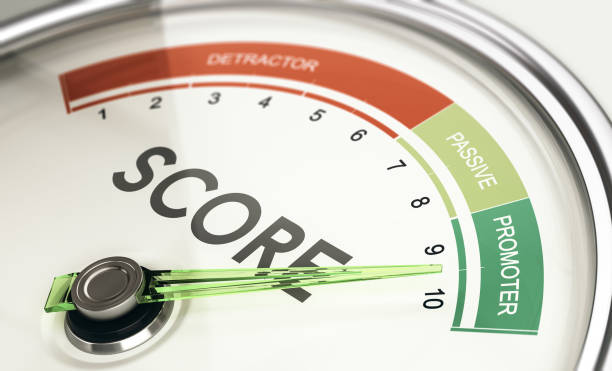Discover the key insights to maximize the impact of your NPS survey

Introduction
The NPS survey, or Net Promoter Score survey, has emerged as a vital tool in gauging customer loyalty and satisfaction. With its simple yet effective approach, businesses have embraced this method to capture authentic feedback and make informed decisions. This article, loaded with insights and first-hand experiences, will shed light on every facet of the NPS survey, ensuring you leave with a comprehensive understanding of its immense potential.
NPS Survey: What Is It?
The NPS survey is a metric used to evaluate the loyalty of a company’s customer relationships. By asking customers how likely they are to recommend a product or service to others, businesses can categorise respondents into promoters, passives, and detractors. This distinction helps in understanding the overall customer sentiment towards the brand.
History and Evolution
While the concept of customer feedback isn’t novel, the NPS survey was introduced in 2003 by Fred Reichheld in a Harvard Business Review article. Since then people have widely accepted it because it’s simpler and accurate in forecasting how businesses will grow.
Benefits of Using NPS Survey
1. Actionable Feedback: The open-ended nature allows customers to provide genuine feedback that can pinpoint areas needing improvement.
2. Customer Loyalty Measurement: Easily segregate customers into promoters, passives, or detractors, providing clarity on loyalty levels.
3. Predicting Business Growth: High NPS scores often correlate with strong customer loyalty and business expansion.
Implementing an NPS Survey: Best Practices
Question Framing
Instead of the usual question, “How likely are you to recommend our product/service to a friend or colleague?”, ensure it’s tailored to your audience for the most genuine responses.
Survey Timing
Timing is very important. Consider factors like purchase cycle, product type, and customer touchpoints when scheduling your survey.
Feedback Analysis
Analysing results goes beyond just calculating the score. Delve into the reasons behind the scores, especially from detractors, to uncover valuable insights.
Challenges and Overcoming Them
Response Bias
People with extreme views, either very positive or negative, are more likely to respond. To counter this, ensure the survey process is straightforward and accessible.
Overemphasis on the Score
While the score provides a snapshot, the accompanying feedback holds the key. Always prioritize understanding the ‘why’ behind the score.
Future of NPS Survey in the Digital Era
As businesses shift to the digital sphere, the NPS survey is adapting. Using AI-powered data analysis, immediate feedback, and combined CRM systems, the future for this tool seems quite bright.
Conclusion
It is very vital to understand your customer in this ever-changing business world. The NPS survey, with its simplicity and efficacy, provides a clear window into their minds. It is evident now, after exploring its facets and its prospects, that this tool can make a big difference for companies that want to grow steadily and have strong connections with their customers when it’s used well.

FAQs
- What’s the main difference between promoters, passives, and detractors?
Promoters (score 9-10) are loyal enthusiasts, passives (score 7-8) are satisfied but unenthusiastic, and detractors (score 0-6) are unhappy customers who can damage your brand through negative word-of-mouth.
- How is the NPS score calculated?
Subtract the percentage of detractors from the percentage of promoters.
- Why is the NPS survey considered superior to other feedback methods?
Its simplicity, directness, and ability to predict business growth set it apart from other feedback mechanisms.
- Can NPS surveys be customised?
Absolutely! Businesses can tailor the question and the survey delivery method to best fit their customer base.
- Are there any industries where the NPS survey isn’t relevant?
While universally applicable, the way it’s implemented and interpreted might vary across industries.
- Is a higher NPS score always better?
Generally, a higher score indicates more loyal customers. However, context matters, and it’s essential to compare scores within the same industry or market segment.
External Links/ Sources:
Why Team Leaders Need To Use The Net Promoter Score Approach With Their People
What is an employee net promoter score and how do you improve it
